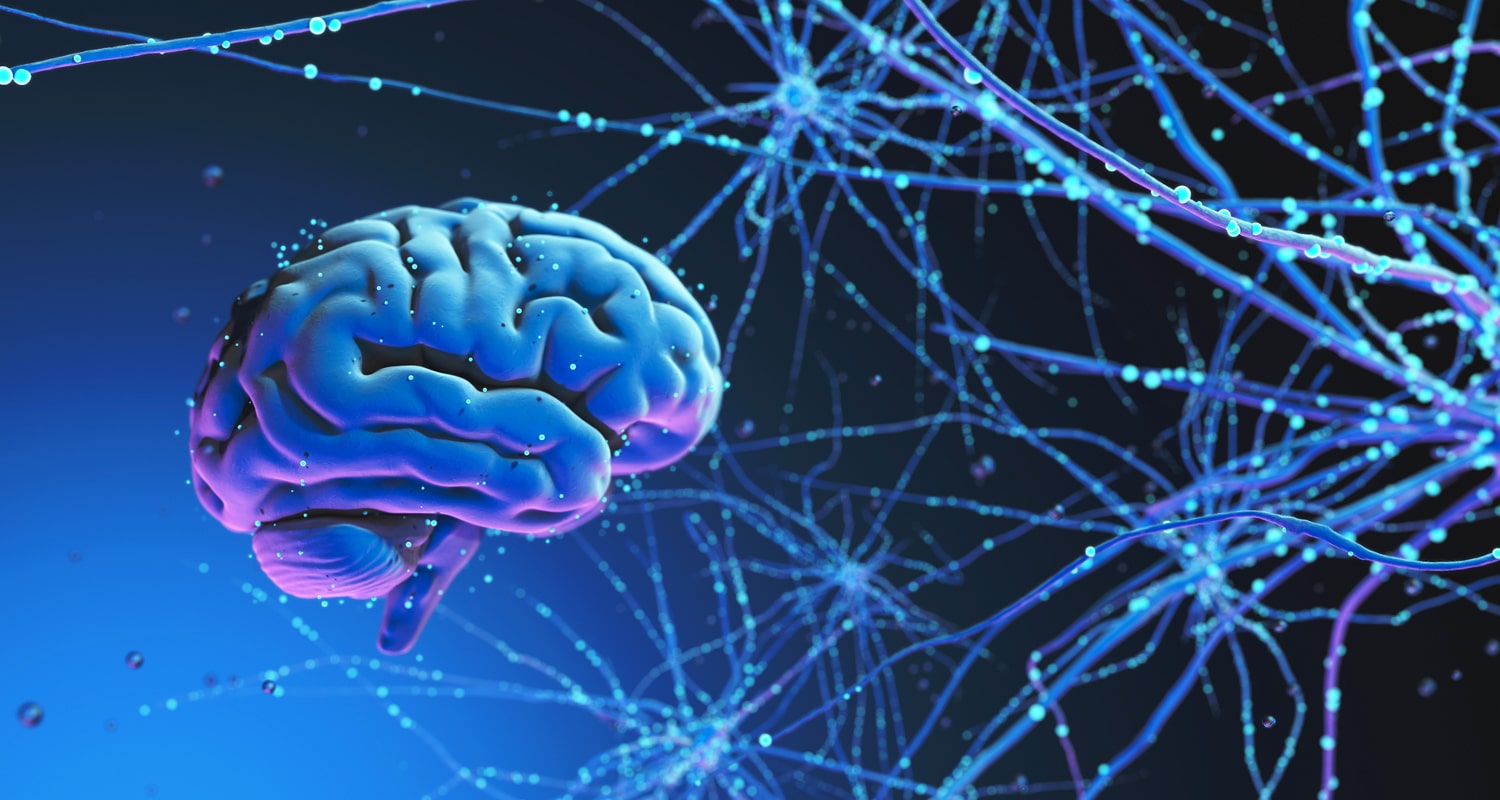
[tldr]
- Brain stimulation is an expanding area of knowledge that’s only getting bigger.
- Manipulating your brain waves can help with learning, memory, focus, sleep, meditation, the list goes on.
- Here’s everything you need to know, plus some free and easy DIY brain stimulation you can try at home.
[/tldr]
A review in Trends in Neurosciences analyzed a wide range of studies involving the link between rhythmic neural stimulation and increased learning and memory performance.[ref url=”https://www.sciencedirect.com/science/article/abs/pii/S0166223619300591″] This is a promising avenue to explore for healthy people who want to stay sharp, and for people with neurodegenerative disorders like Alzheimer’s disease.
Rhythmic neural stimulation involves using various techniques to change your brain waves. It can be non-invasive, like a light that flickers at a specific rate, a beat that plays at a target tempo, or sounds that play at specific frequencies. More invasive techniques involve electrical stimulation or use of magnets to change the shape and pattern of brain waves.
Scientists are making rapid progress in the areas of brain stimulation for various conditions like:
- treatment-resistant depression,[ref url=”https://www.sciencedirect.com/science/article/pii/S089662730500156X”]
- Parkinson’s disease[ref url=”https://www.nejm.org/doi/full/10.1056/nejmoa060281″]
- Addiction[ref url=”https://www.annualreviews.org/doi/abs/10.1146/annurev.ne.19.030196.001535?journalCode=neuro”]
- Rehabilitation from brain injury[ref url=”https://www.sciencedirect.com/science/article/abs/pii/S1388245705005079″][ref url=”https://www.sciencedirect.com/science/article/abs/pii/S1474442206705257″] and more.
Brain stimulation outside the laboratory
I frequently use brain stimulation in the comfort of my own home. Some brain stimulation techniques are free, while others are more invasive and require a practitioner. You don’t have to be a professional biohacker to incorporate brain stimulation into your life. Here are some of the treatments I have personal experience with.
Common brain stimulation techniques, from expensive and advanced to free and easy
Cranial electrotherapy stimulation (CES)

CES is so effective that it is an integral part of 40 Years of Zen, the brain hacking course that gives you all the benefits of 40 years of Zen meditation in only seven days.
Transcranial direct current stimulation (TDCS)
Transcranial direct current stimulation (TDCS) involves attaching two electrodes to your head that send a current into one spot and out the other. Benefits depend on the positioning of the two electrodes. TDCS is currently used medically to treat things like:
- traumatic brain injury (TBI)
- stroke
- impaired motor control
- cognitive deficits
- chronic pain, and more
Pulsed electromagnetic field (PEMF)
Pulsed electromagnetic field (PEMF) therapy for brain stimulation is the same PEMF that people use for pain and other applications. There are brain settings that change the waveforms of your brain. Work with a professional to achieve the goal you’re after — you’re wasting your time and money if you have it on the wrong setting or positioning.
God Helmet
The God Helmet looks a little like a retro motorcycle helmet without the face mask. It delivers a weak current to the temporal lobes, the part of your brain that handles sensory input like vision and hearing, memory, language, and emotion. Around 4% of people who use it claim they have conversations with God.
Light and sound goggles
Back in the 90s, I used to wear my light and sound goggles on airplanes. It totally freaked out the flight attendants.
How it works — you put on full-wrap goggles to shut out all external visual input, and you put on headphones. It plays a little light show for you along with synchronized sounds, which together make your brain waves match the visual and auditory stimulation. There are many programs to choose from — you can set the device to help you relax, meditate, or induce a psychedelic experience. Choose your own adventure.
Drum beats

Drumming therapy is being explored as a potential treatment for PTSD,[ref url=”https://www.sciencedirect.com/science/article/pii/S0197455607000883″] anger management,[ref url=”https://academic.oup.com/mtp/article-abstract/12/2/111/1014742″] and more.
Ultrasound for brain
Doctors are exploring ultrasound as a way to treat neurological problems. One benefit of ultrasound is that it can be highly targeted to a small group of neurons without disturbing surrounding structures.
Ultrasound for your brain is not a DIY job, even if you have access to an ultrasound machine. You can liquefy your brain tissue. There are doctors who know what they’re doing.
Binaural Beats

This concept has been known for centuries or longer. Tibetans used singing bowls — tuned bowls that play a tone when you run a wand along its rim — to produce brain waves. Someone would play, for example, a 100 Hz bowl on one side of your head, and a 120 Hz bowl on the other side of your head. Different frequencies would produce waves for different functions, like deeper meditation or relaxation.
There are lots of ways to incorporate binaural beats into your life today. You can download mp3 tracks, listen to binaural beats apps like BrainTap, or use this playlist.










